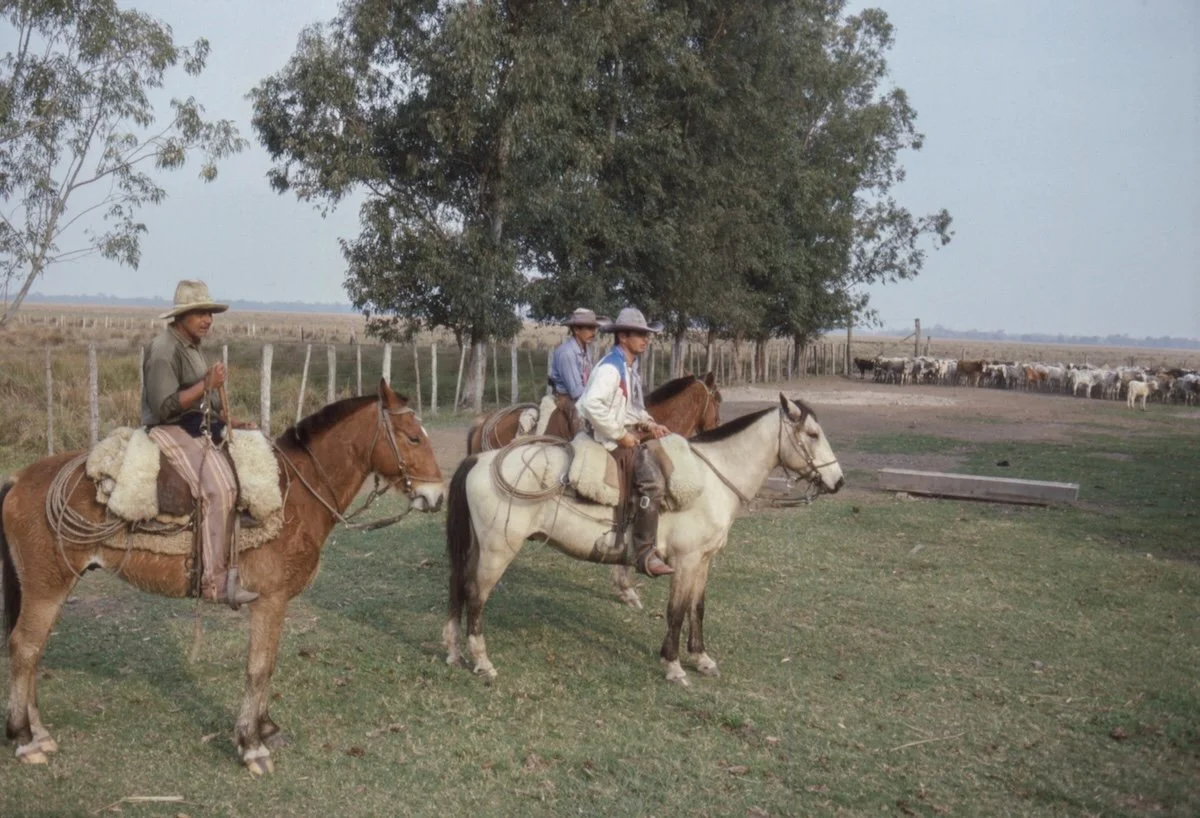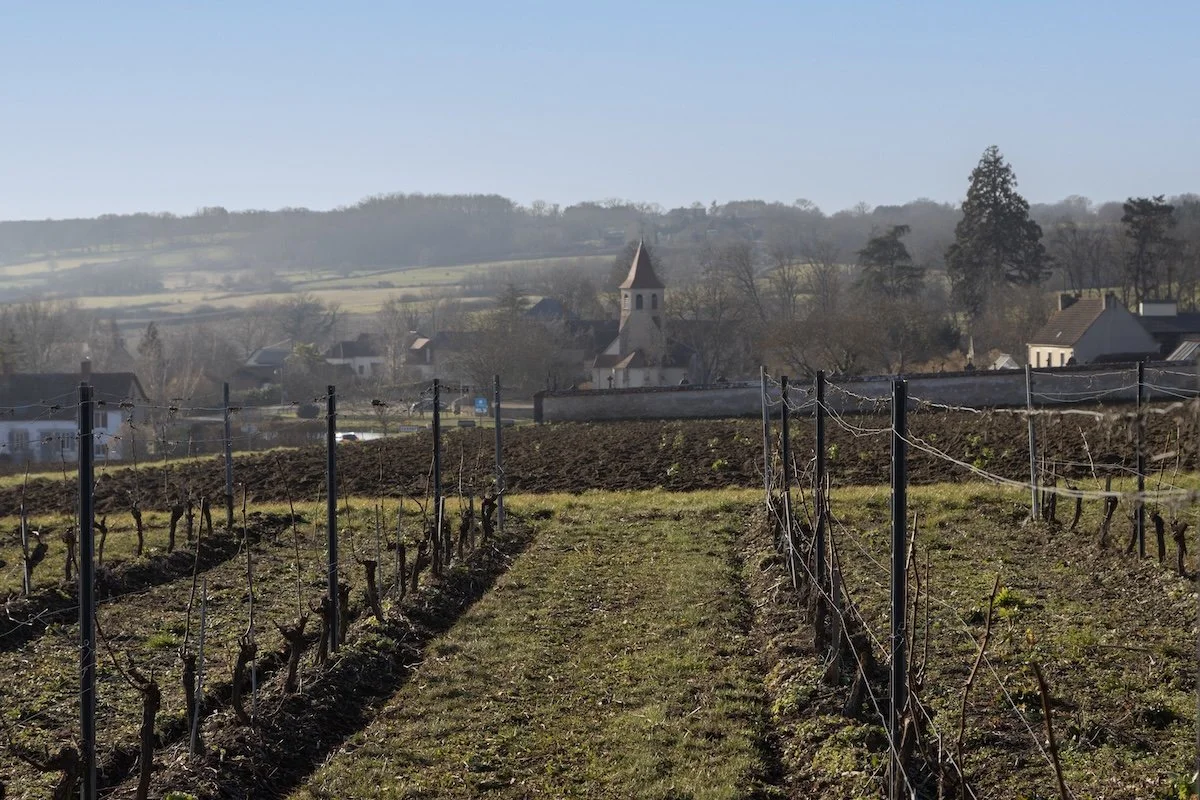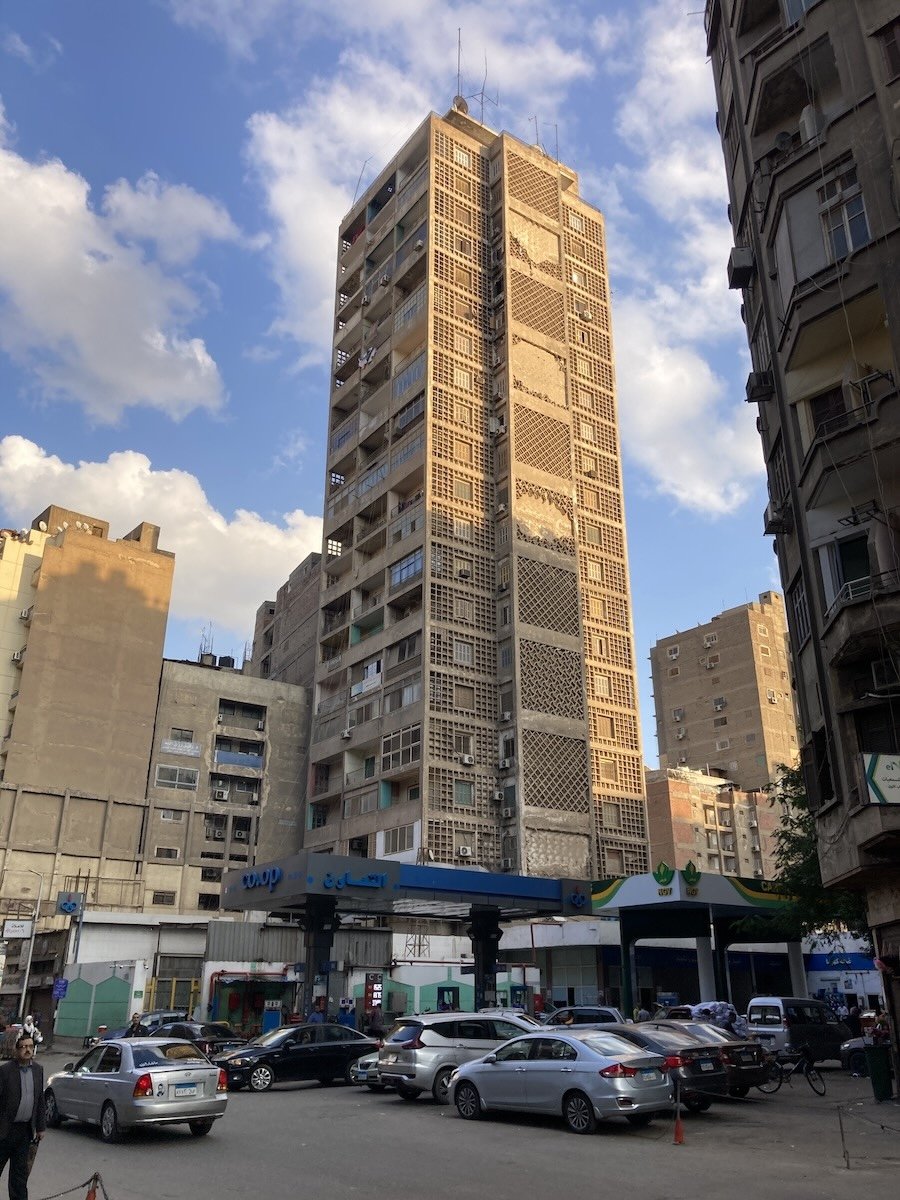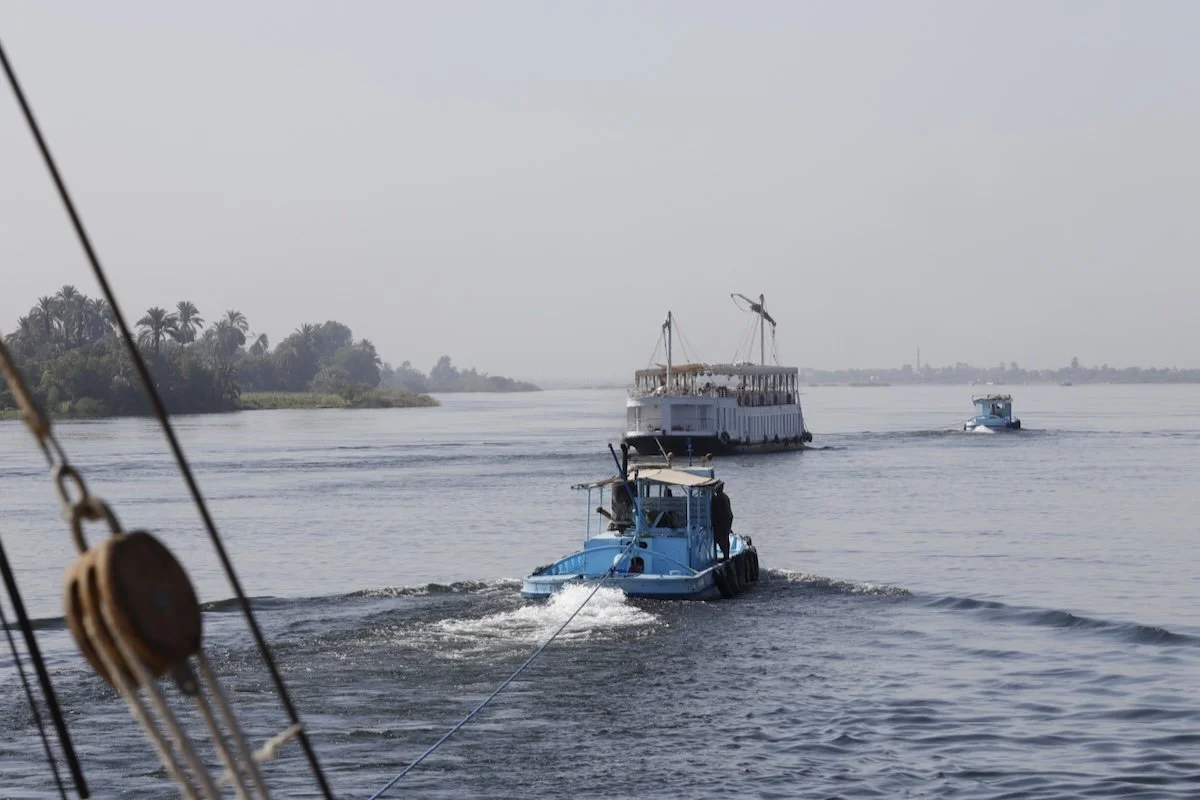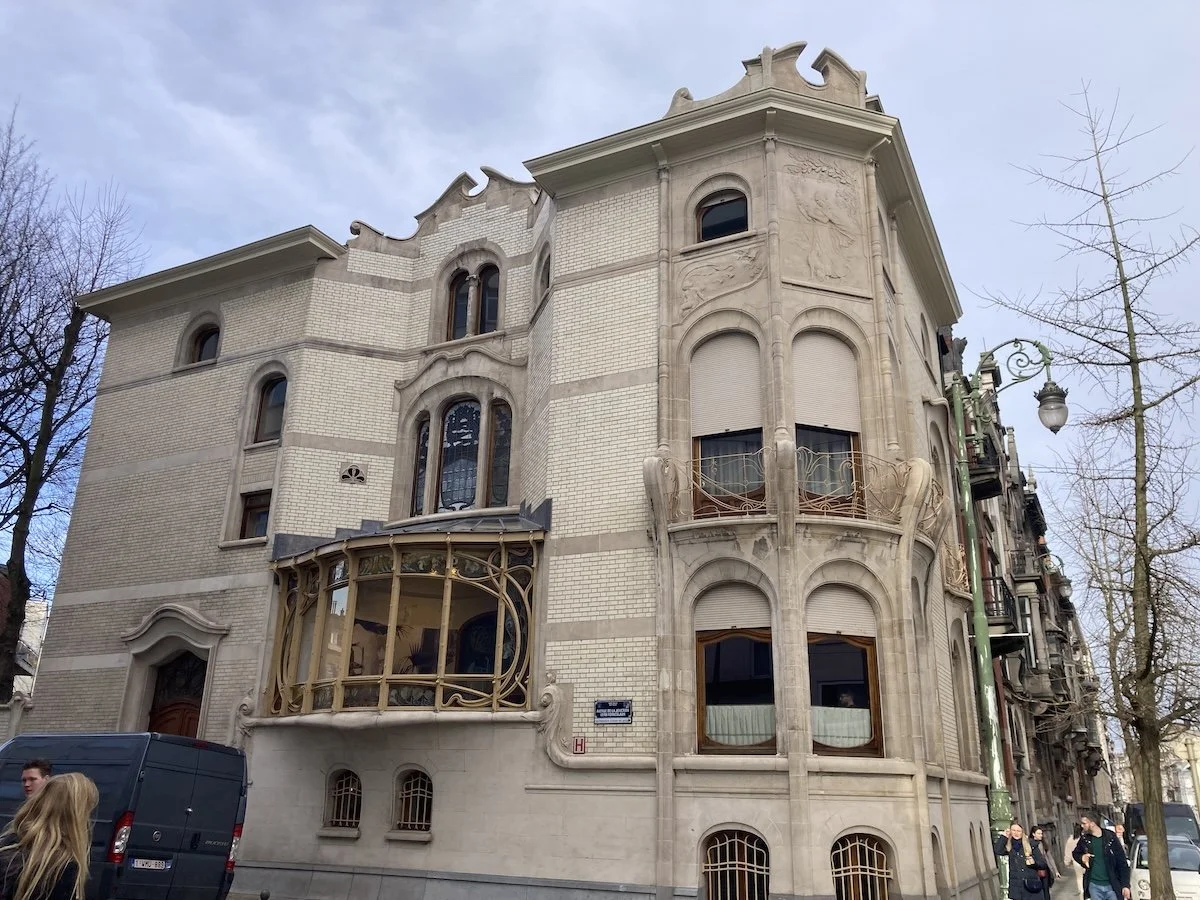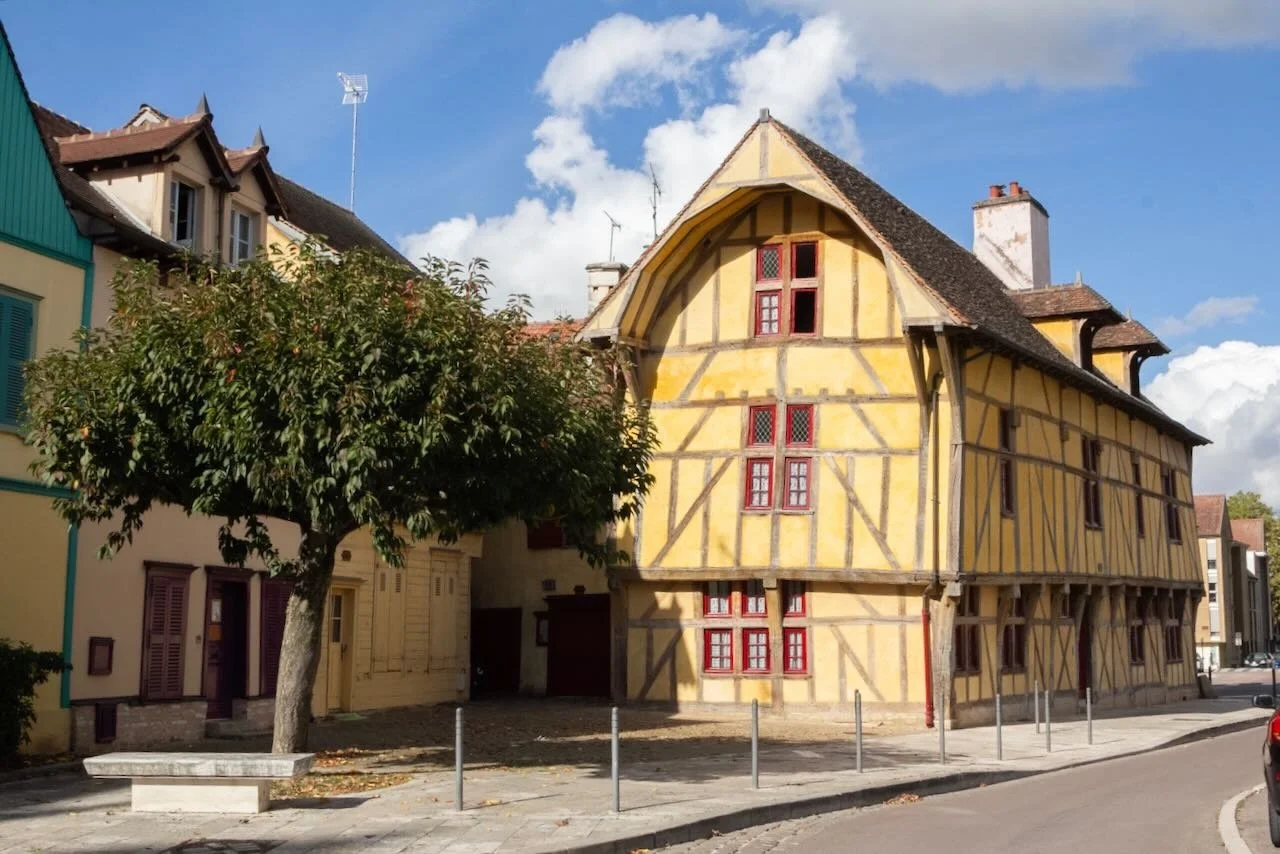This trip dates back to July 1988 so in the intervening 37 years some things must have changed. I’d taken extensive notes during my trip there to visit my friend, architect/artist/urban planner/museologist Oscar Centurion Frontanilla, who died suddenly in January 2025. This piece is dedicated to him.
Medieval Provins, a day-trip from Paris
Sometimes there’s no need to travel very far from home to see extraordinary sites. Just a half-hour’s drive east of where I live in France lies a UNESCO World Heritage site: the fortified medieval town of Provins, still partially surrounded by its 25m high ramparts and moat, sits atop the only hill in a far-ranging mosaic of fields.
Bang in France's Geographical Centre
I discovered this past February that there is a place in France with a majestic wild river, the nation’s largest collections of musical instruments and stage costumes, medieval and Belle Époque towns, orchards and vineyards, rolling green countryside criss-crossed by hedges and punctuated by majestic oak-trees, lovingly restored villages unspoilt by modern housing developments, a UNESCO World Heritage site and, despite all this, no crowds.
Tracking down my first home in Cairo
I was born in Cairo, Egypt, but left (with my parents naturally!) when I was just three weeks old. For some strange reason I’d never felt any particular desire to return to my native country but I was bitten by the Egypt bug on my trip down the Nile (see previous post). That had left me a little frustrated because we’d flown directly to Luxor skipping Cairo altogether and I really wanted to see the museums in the capital and, on a more personal quest, see if the building where I had spent a few nights as a newborn still stood.
Cruising down the Nile
The Nile. I was born along its banks. I’d flown over great lengths of it. But I’d never seen it up close. So I eagerly accepted an invitation from Lazuli Nile Cruises to join a dozen or so other journalists for a six day cruise up the river from Luxor to Lake Nasser the first week of June 2024. Would I have an epiphany moment when I set foot in Egypt, I wondered? I didn’t, although I did find myself hypnotised by the river thinking “it’s my river”! Nevertheless, this first visit back to Egypt since I was a newborn was a real eye-opener.
How the Keukenhof gardens are created
The 40 gardeners at the magnificent Keukenhof estate in Lisse (40km southwest of Amsterdam) started work on 5th October 2023 to plant the first of 7 million bulbs (that's 175,000 bulbs per gardener – is that even possible?!) in time for the gardens to open as planned on 21st March 2024. This will be the 75th time that the garden has opened its doors for eight weeks (it closes on 12th May) to the delight of 1.5 million visitors from all over the world who come to admire not only the 1,600 varieties of bulb flowers for which it is famous but also the 2,500 magnificent trees, the bodies of water, the sculptures and greenhouses.
Back to Brussels
I lived in Brussels for four years at the end of the 1980s/early 1990s. I’ve been back on a few day trips but never for long enough to return in leisure to old haunts. So a four-day weekend was a good exercise in memory jogging. When retracing one’s steps in a city which was once familiar the muscles are a bit stiff the first two days but once flexed a few times the exercise becomes easier.
Toledo deserves a week
Exasperated inhabitants of Amsterdam, Barcelona, Prague and Venice have been very vocal recently about the damages caused by mass tourism. But they are not the only city dwellers suffering: young Spaniards from Toledo, a city that has nestled in a meander of the Taje 70 km west of Madrid for nearly 2,000 years, are fleeing the old town because, they say, “it’s just become an open-air museum.”
Discovering the treasures of Troyes
Troyes (pronounce trwa), has Gothic churches and museums galore, the greatest collection of half-timbered houses in the country, more than its fair share of world-class stained-glass, a dynamic, well-maintained and agreeable city centre, the largest factory outlet in Europe, and three huge lakes within less than an hour’s drive which offer everything a seaside resort would with the added advantage of millions of birds who stop here for a bit of rest and recuperation on their migration routes.
